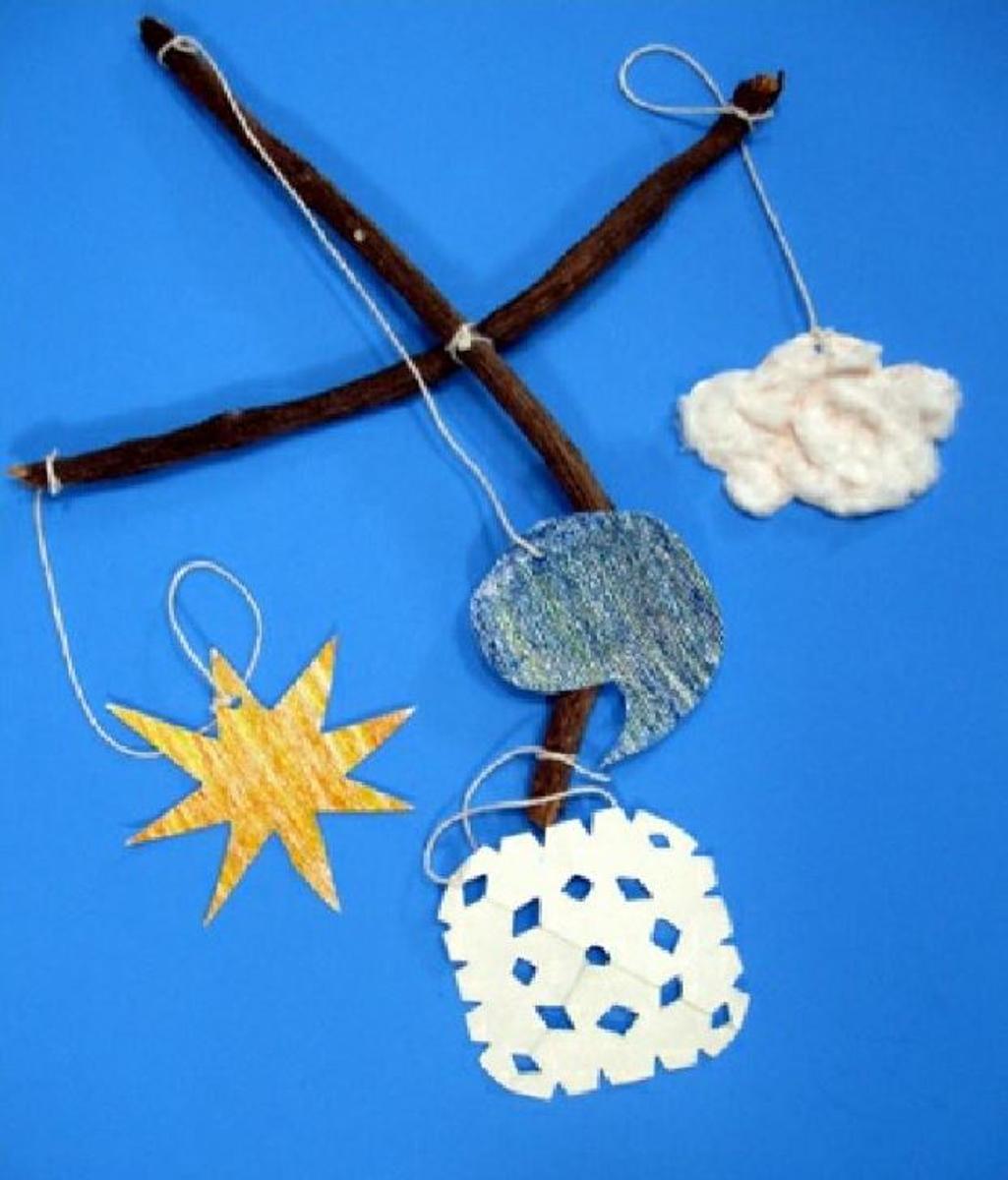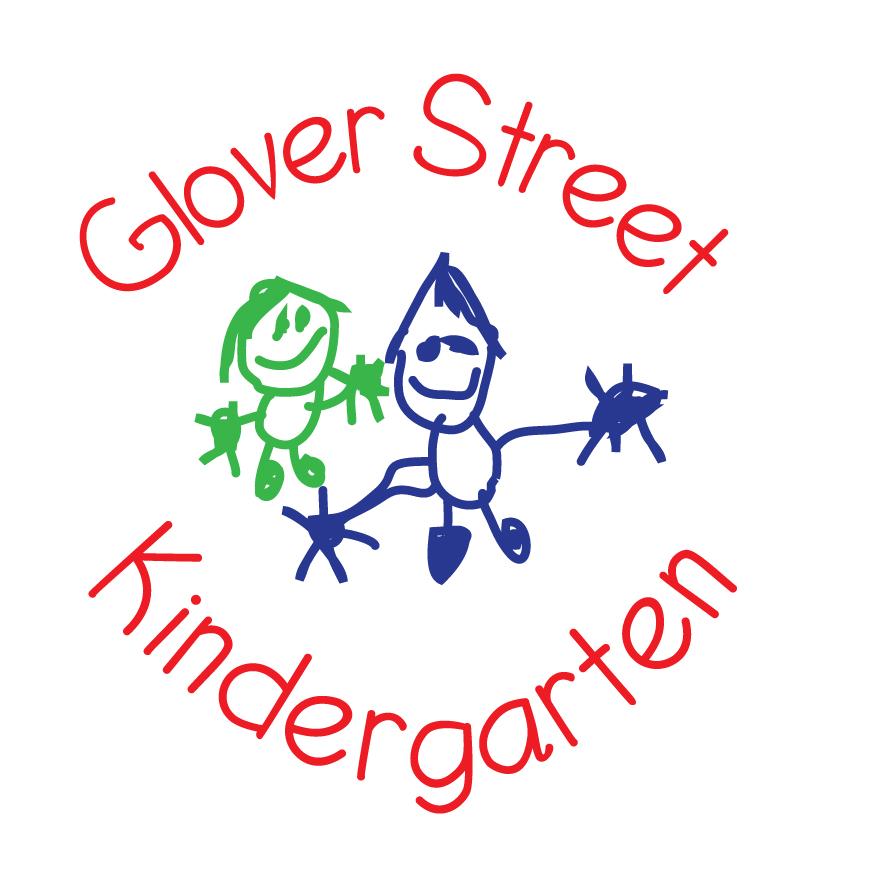GEKA Glover Street

Create a Weather Mobile
GEKA Glover Street Educators
Do you have a budding meteorologist in the family? Treat them to this art activity inspired by the weather. Your child will combine natural materials, household items, and basic art materials to create a hanging weather mobile. They'll practice science as they learn about the seasons, and get a chance to practice their motor skills. The end result is a cool piece of art that you can hang anywhere in the house!
What You Need:
- Two sturdy sticks
- Yarn
- Cardboard
- Paper
- Cotton balls
- Glue
- Scissors
- Watercolour Paint
- Paint Brushes
- Crayons
- Hole puncher
What You Do:
- Take a trip outdoors with your child and help them collect two sticks that are about the same length.
- Search your house for reusable paper or cardboard materials. These can include (but are not limited to) cereal boxes, cracker boxes, shoe boxes, or blank sides of posters.
- Ask your child to name the four seasons. Once they have named all four, discuss what types of weather you might see and feel during each season.
- Invite your child to create a summer sun drawing. Encourage them to decide what shape the sun is, and then draw it using crayons.
- Cut out the sun shape, and draw the same sunny picture on the back. Then punch a hole near the top of the summer sun.
- Next, ask your child to create a cloudy day creation for the mobile by drawing a cloud shape on the cardboard. Help them cut the shape out.
- Glue cotton balls to one side of the shape and set it aside to dry.
- Once it's dry, turn it over and cover the other side with cotton balls. When the second side is dry, punch a hole near the top of the cloud. You should end up with a soft, fluffy cloud.
- To make the snow part of the mobile, hand your child a piece of white paper. Fold the paper in half, and then in half again. Use the scissors to cut small slits and shapes in the paper. Unfold to reveal a snowflake! Then punch a hole near the top.
- Ask your child to draw a rain drop shape and cut it out. Using the water colours (after all, raindrops are water!) have them paint the raindrop. Once dry, punch a hole near the top.
- Help your child thread a piece of yarn through each weather pattern hole, tying a knot to secure it.
- Cross the sticks to make a plus sign and wrap the yarn around the spot where both sticks cross. Tie securely, and add another piece of yarn tied to the middle to hang the mobile from.
- Tie the sun, clouds, snow, and rain to one end of each stick.
- Hang the weather mobile up, and keep the project going by asking your child to point each morning to the side that matches the day's weather!
Benefits from this Weather Mobile Activity !
- Drawing and writing to hypothesize results and discoveries.
- Encouraging discussion: Talking about what you see, feel, and discover.
- Observing changes: Children have the opportunity to develop their observational skills and identify change and differences, such as changes in weather; for example, feeling cold ,hot , drenched ad snow .
- Predicting: Encouraging children to discuss the possibilities of what will happen in the experiment.
- Science experiments encourage curiosity and many, many questions.
- Experimenting with the sequencing of steps to carry out the experiment.
- Exploring the natural environment.
- Using our five senses: For example, smelling or touching and tactile discrimination.
- Problem solving: For example, how will we melt the ice? Will we leave it in the room, cook it in a pan or leave it in the sun?
- Exploring cause and effect through various materials.
- Developing an inquisitive mind.
- Increase confidence : Nature is a perfect leveller, it’s not just for those who are physically capable. Here every child can find a sense of mastery at a level they are comfortable with.
Unstructured Play:
A final ‘share’ for the term is about the importance of unstructured play in terms of supporting your child’s learning and development … so when children say “I’m bored!” please, please see this as an opportunity rather than a problem you need to solve -
https://www.apa.org/topics/covid-19/children-unstructured-play


